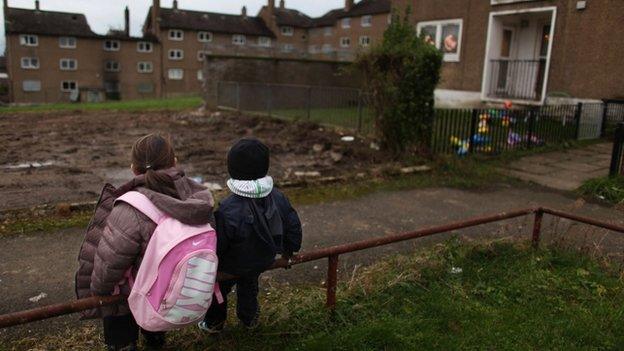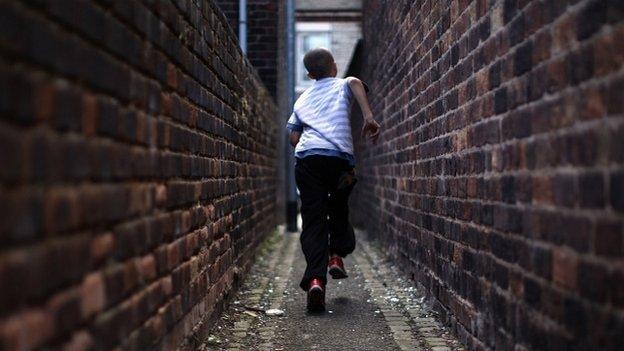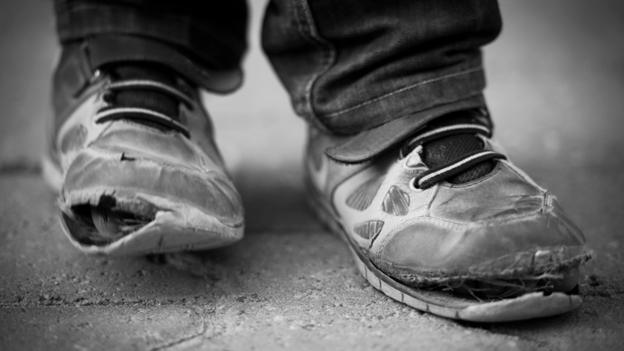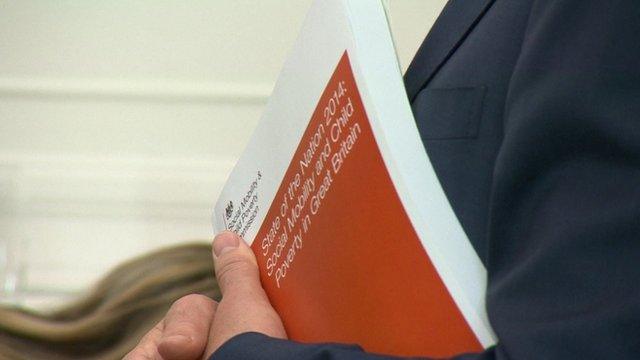Child poverty measurement set to change
- Published

The way child poverty is measured is set to change, and a new system could be unveiled before the summer recess.
With a consultation complete in the last Parliament, there is nothing to stop ministers moving quickly.
No one should be surprised, as the change has been long trailed.
For years Conservatives have argued that the current poverty measure - the proportion of children living in households earning less than 60% of median income - is inadequate:
It was criticised, external in 2011 by the work and pensions secretary, Iain Duncan Smith
In 2014, Mr Duncan Smith and Chancellor George Osborne said the Conservatives would introduce "better measures", external
The party's election manifesto promised - once more - "better measures to drive real change in children's lives"., external
But if internal Conservative differences barred change in the past, its time now appears to have come.
David Cameron argues the existing indicator has perverse results: child poverty is deemed to have risen when the state pension goes up.
Political challenge
What should replace it? There are clues to that answer again in recent Conservative history.
When Gordon Brown's Labour government passed a law legally binding the government to eradicate child poverty by 2020 Conservatives argued for targets that did not relate to family income.
They wanted assessments of the number of households with parents in long-term relationships and households where parents were addicted to drugs, alcohol or gambling for example.
That law is now set to be either repealed or amended.
When the announcement is made, Conservatives will say they have been consistent and that their approach will improve lives.
The political challenge will be to persuade voters this is not a response to what are anticipated to be worsening child poverty figures, or an attempt to mask the impact of equally widely anticipated cuts to tax credits.
In short - can a Conservative government that says it is governing for "One Nation" unpick the rules around measuring and cutting the number of poor children in Britain without being accused of cynicism?
- Published5 April 2015

- Published9 April 2015

- Published20 October 2014
